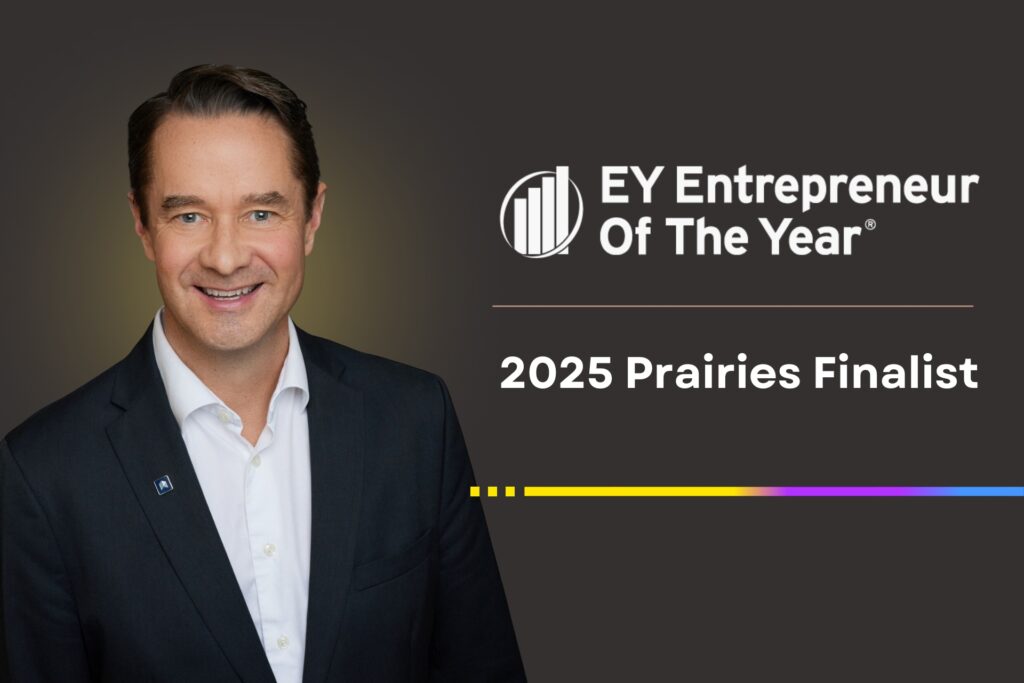6 Benefits of Temp-to-Perm Placements for both Clients and Candidates
Share This Article
Temporary to permanent placements, also known as temp-to-perm or temp-to-hire arrangements, refer to employment arrangements where an employee is initially hired temporarily with the possibility of being converted to a permanent employee based on their job performance and overall fit with the organization.
There are several benefits of temporary to permanent placements for both employers and employees, some of which are:
1. Flexibility for Employers
Temp-to-perm placements allow employers to have more flexibility in their workforce management. They can hire temporary employees to meet short-term staffing needs, such as covering for an employee on leave or during peak business seasons, without immediately committing to a permanent hire. This allows employers to assess a candidate’s performance, skills, and cultural fit before offering a permanent employment contract.
2. Cost-effective Hiring
Temp-to-perm placements can be a cost-effective hiring strategy for employers. Hiring temporary employees initially can help employers save on costs such as benefits, paid time off, and other employee-related expenses, as temporary employees are typically not eligible for these benefits. This can be especially advantageous for smaller businesses or organizations with limited budgets. It can also ensure fit so that the employer can ensure the role is consistently filled, so reducing downtime and making sure the hire is the best candidate for the job hence reducing turnover.
3. Opportunity for Employees
For employees, temp-to-perm placements can provide an opportunity to showcase their skills and work ethic and has the potential to become valuable assets to the organization. It allows employees to gain experience, demonstrate their abilities, and potentially secure a long-term, permanent position with the company. The temporary opportunity lets you get a new experience with an organization. Still, what you contribute to the organization when you are working there will help ensure a long-term fit with this role or with another role within the same company.
4. Reduced Hiring Risks
Temp-to-perm placements can help reduce hiring risks for employers and candidates. By hiring an employee on a temporary basis first, employers can assess their job performance, company culture adaptability, and team fit. This minimizes the risk of hiring a permanent employee who may not fit the organization well. It also gives the candidate a chance to assess their overall fit in their career to ensure that it is the right move for them, leading to more loyalty and longevity.
5. Quicker and Smooth Onboarding Process
Temporary to permanent placements can result in a faster and smoother onboarding process for employees who are eventually converted to permanent employees. Temporary employees are usually able to start immediately. They are already familiar with the company’s work environment, processes, and team dynamics, which can result in a shorter learning curve when they transition to a permanent role. This can result in increased productivity and reduced training time.
6. Greater Job Upskilling Opportunities
Temporary to permanent placements can provide job seekers with greater opportunities for upskilling for employment. Temporary roles can serve as a foot in the door with a company, allowing employees to showcase their skills and potentially transition to a permanent position. This can be particularly beneficial for job seekers who may face challenges in securing either permanent employment due to a lack of experience or other factors, and provide diversity and challenges in work experience and projects directly to help with a new career.
Overall, temporary to permanent placements offer several benefits to both employers and employees, including flexibility, cost-effectiveness, reduced hiring risks, and increased opportunities for job seekers. It can be an effective strategy for organizations to meet their staffing needs while mitigating risks associated with permanent hiring and for employees to secure long-term employment opportunities.




